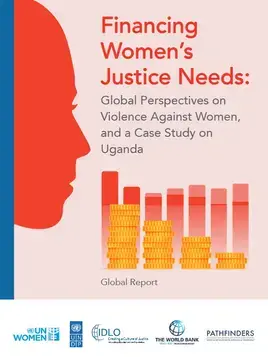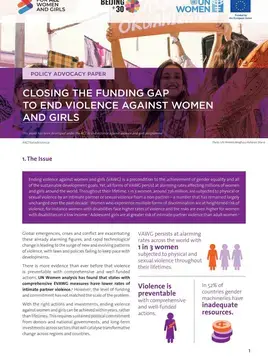
Public development banks driving gender equality: An overview of practices and measurement frameworks
Operating at the intersection between finance and public policy, and with around 10 per cent of all global public and private investment, public development banks (PDBs) have a vital role to play in responding to persisting gender inequalities and the empowerment of all women and girls.
This publication presents, through case studies, how leading PDBs with various mandates, histories, and methods of engagement have committed and are delivering on the gender equality agenda. The analysis covers what it takes to adopt gender-responsive principles, mechanisms, and tools, as well as foster gender mainstreaming approaches in the programming and funding cycles of PDBs.
As outlined in the Women’s Empowerment Principles (WEPs), the foundational elements of internal practices lie in top and senior management commitment and leadership—promoting gender equality, diversity, and women’s empowerment, as well as fighting discrimination, bias, and harassment—and a dedicated and funded organizational strategy or policy on gender equality and tracking of progress and results.
It is also crucial that PDBs construct, or build upon, frameworks that can measure and show how they are contributing through external financing and portfolios. The choice of what to measure (for example, spending volume, the qualitative focus of programmes, results) and how to account for commitments varies among PDBs, depending on institutional strategy and history, size, mandate, scope and geographical reach, and shareholder and accountability requirements.
The publication concludes with 10 actions that PDBs can take now to enhance their commitments and practices.


